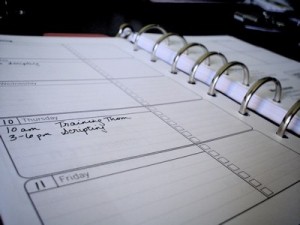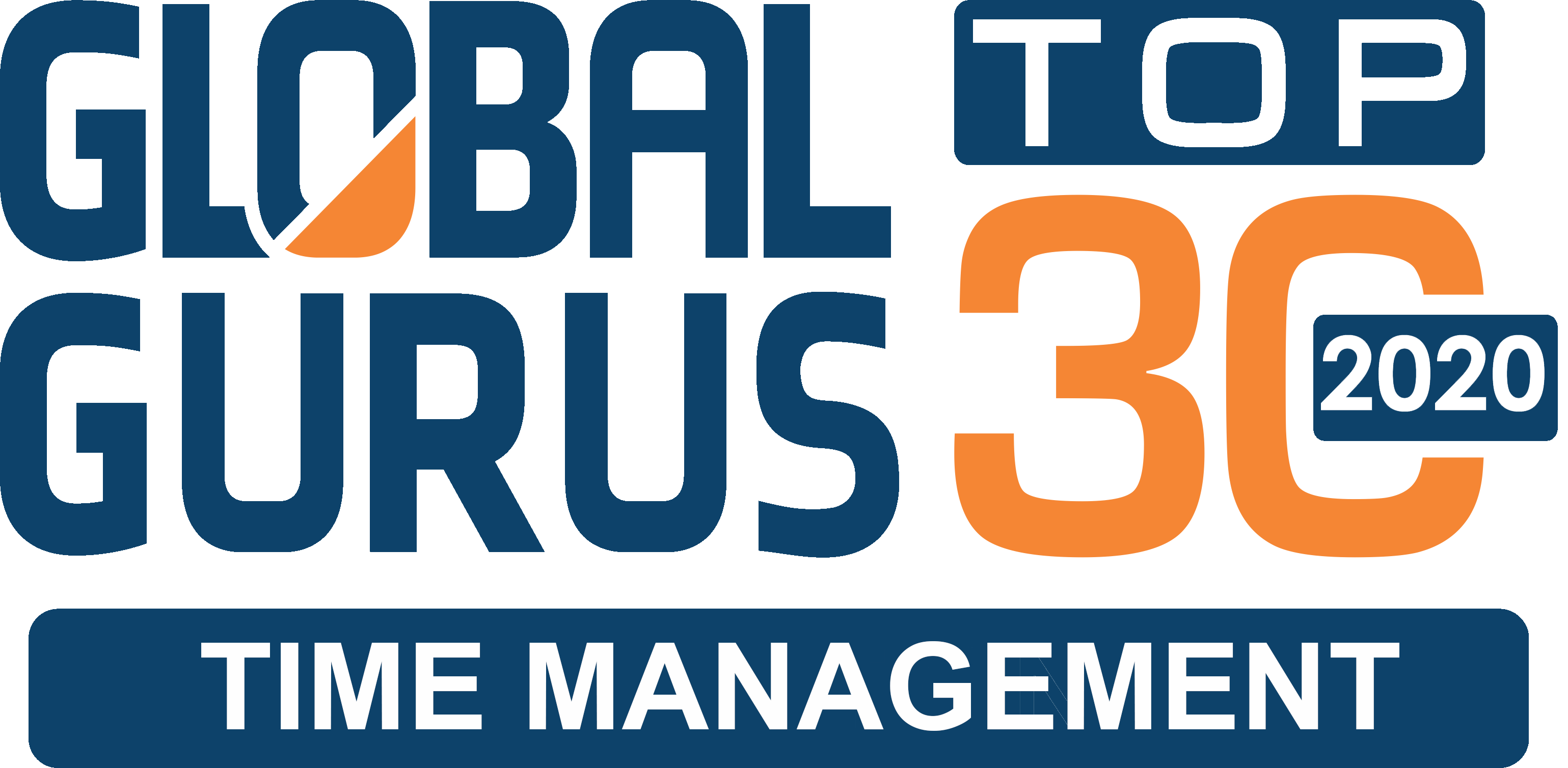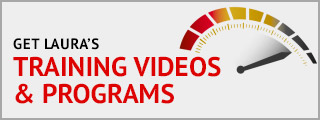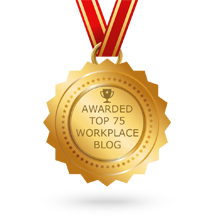 To manage your time effectively, you’ll need to track all the information required to keep your life and schedule moving along smoothly. To a large extent, this will depend on the personal time management system you adopt—paper-based, electronic, or some hybrid (combination) method of both.
To manage your time effectively, you’ll need to track all the information required to keep your life and schedule moving along smoothly. To a large extent, this will depend on the personal time management system you adopt—paper-based, electronic, or some hybrid (combination) method of both.
Information arrives and gets stored in myriad ways today, due to all the new technologies constantly being introduced. Most people track contacts, communication, meetings, notes, and to-do lists within their personal systems, which could include:
- Information delivery software such as Outlook or Google, intranets, and instant messages.
- Texting and apps using your favorite Smartphone, tablet, or handheld, such as Droid, iPad, Kindle, or Blackberry.
- Information capturing methods, including software such as Evernote or Microsoft OneNote, or paper methods such as a Day-Timer or a notebook.
- Customer Relationship Management (CRM) software, such as ACT, Goldmine, or Salesforce.com.
- Social media channels, each with its own Inbox, such as LinkedIn, Twitter, Facebook, YouTube, and FourSquare.
- Web services to help you stay organized, such as Nozbe or Remember the Milk.
- Reference documents, such as word processing, video, spreadsheets, and presentations, including Mac, Google, and Office suites.
Obviously, there’s no single “correct” method here, and there’s no “one size fits all.” If I’m presenting a productivity seminar to 40 attendees, there could be 40 unique time management systems. Your choices will evolve over time to fit your requirements.
Fundamentally, however, there are four key functions of an effective time management system that I’d like for you to consider, so your system can be as efficient as possible. These four functions comprise what I call the CORE Foundation. An organized time management system has the ability to:
1. C APTURE inputs as they occur to you or are received.
2. O RGANIZE the information into tasks and start/due dates.
3. R EFERENCE what you need to do.
4. E XECUTE on your plans.
Some people use one tool for all four functions; however, four different methods might actually be more effective for others. Some individuals are trying to go paperless and use a handheld that syncs to their email and calendar. They enter new tasks directly into their handheld, reference them, and work right from there. But if you’re a “paper” person, this might not work well for you. If you think of something to do, your first instinct might be to grab a piece of paper and a pencil, not your phone. So, you could use paper for your capture method and the phone for your reference tool, and that would be perfectly organized as well.
I’ll give a personal example. I travel for a living (an average of 125,000 miles a year) to speak at client conferences and/or present training seminars. I use a Samsung Galaxy (Droid) smartphone while “on the run,” but I prefer my Kindle Fire for reading and plane time (larger screen and keyboard). However, when I think of something to do, my instant reaction is to grab a pen and write it down—I still love paper for creative brainstorming. So I keep a Swiftnotes® pad by Levenger in my purse (which also fits in a guy’s shirt pocket) to jot down my random thoughts at 32,000 feet. Anything I don’t complete from that list by the end of the day is entered into my Task list in Outlook (if I’m on my laptop) or into my Touchdown app on my Kindle (if I’m mobile). The only exception is when I’m sitting at my desk (a rare event indeed)—I’ll type directly into Outlook Tasks. All of my devices (Galaxy, Kindle, laptop, and desktop) synchronize with Outlook via Exchange. My phone then acts as a reference tool for contacts, calendar, email, tasks, and notes, so I can scan it at any time, even when I’m at 32,000 feet. This works the same way if you use Google or Mac/iCloud. I also keep a paper printout of my calendar for the next 3 months in the pocket of my Kindle cover (folio), so I can do some creative long-term brainstorming while waiting for the plane to get to altitude. But when I’m really “working” in a hotel, I still prefer my laptop, so I can easily surf, open attachments, and use other software programs.
So my default CORE time management system looks like this:
1. C (Capture): Levenger Swiftnotes®
2. O (Organize): Outlook Tasks
3. R (Reference): Samsung Galaxy (on the run) and Kindle Fire (while stationary)
4. E (Execute): Laptop (PC)
How would YOU define your CORE system?
C (Capture):
O (Organize):
R (Reference):
E (Execute):
Perhaps you don’t travel as much (and don’t deal with “please turn off your electronic devices), so you capture tasks on you iPad. This is absolutely fine, if you are willing to do that consistently, every single time you think of something to do (not just “some” times, or you’ll end up with scraps of paper everywhere). What if you’re in a meeting? Are you quick enough with the typing or do you default to handwritten notes? Personally, I find entering tasks into my handheld tedious (the buttons are small and I hate typos), but some people have a bluetooth keyboard or use Swype, so they are much faster than I am.
Needless to say, some methods will work better than others. Your inefficiency and frustration may lie in only one out of four functions. The trick is to keep massaging your system until you have the perfect CORE foundation for your time management system. Once this foundation is in place, you can look at additional elements that support peak performance.
Email me with questions and comments about your CORE methodology: [email protected]



Hi Laura, I really enjoyed your article. My thoughts are sometimes all over the place and when I think of a task I grab the nearest piece of paper and like you said, end up with scraps of paper everywhere. I carry a small notebook with me but it is not readily accessible at times, especially when I am work and at home. I am going to make a conscious effort to pull the notebook out of my tote and place it on my desk when at work and in a common area when at home. Thanks again.